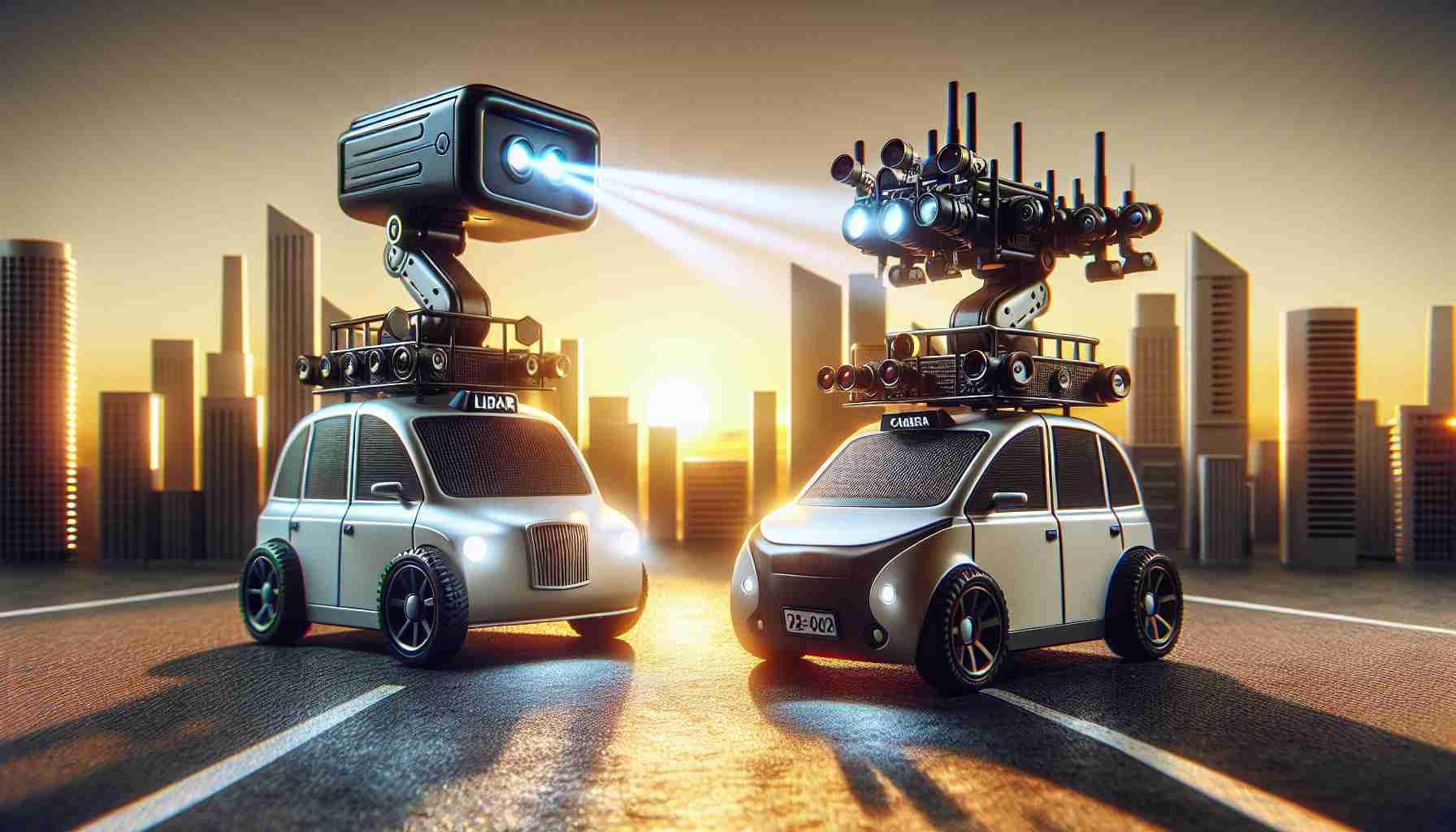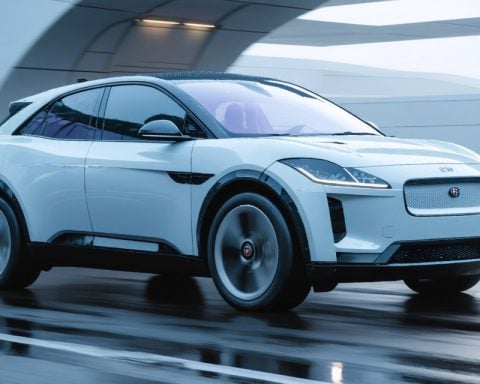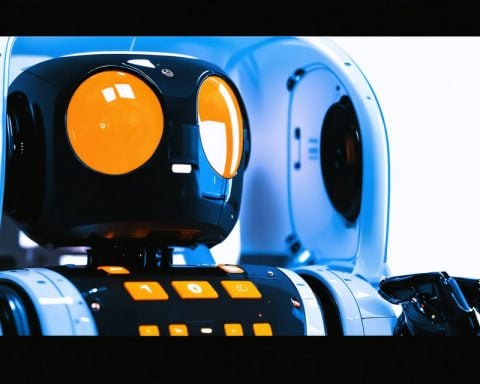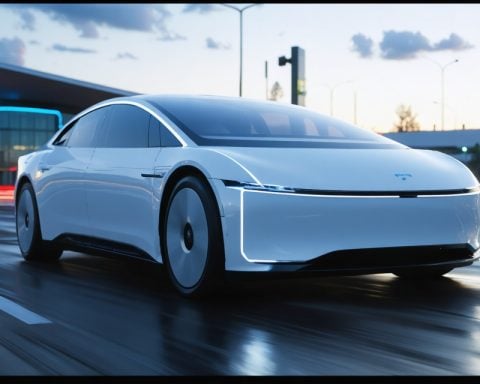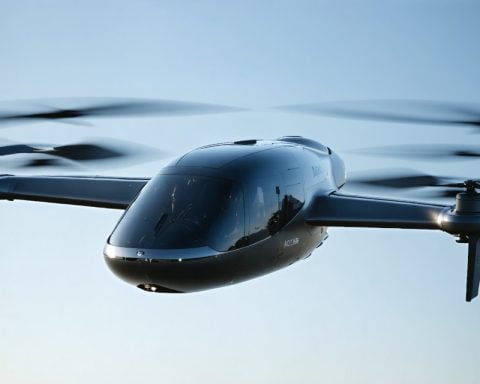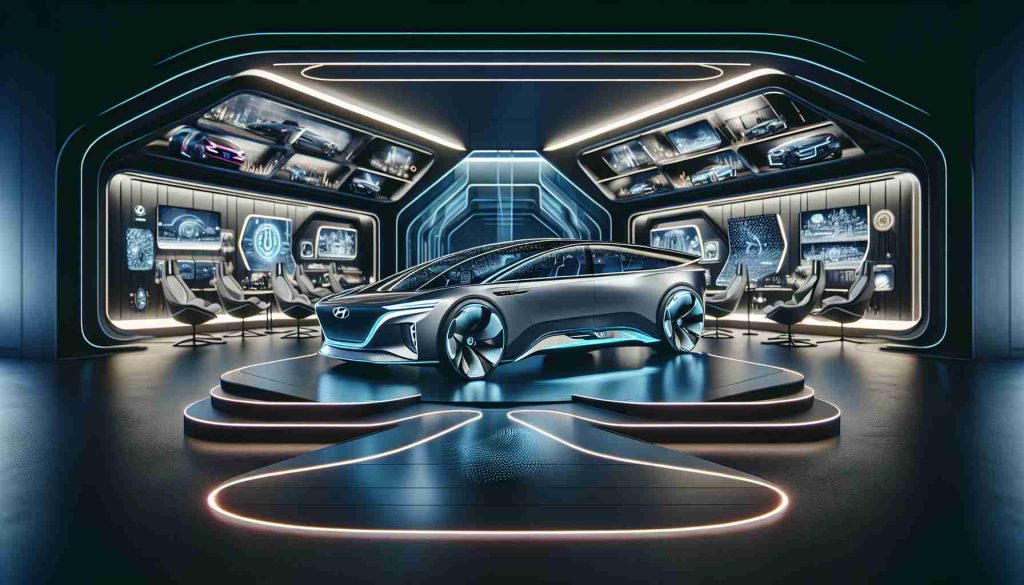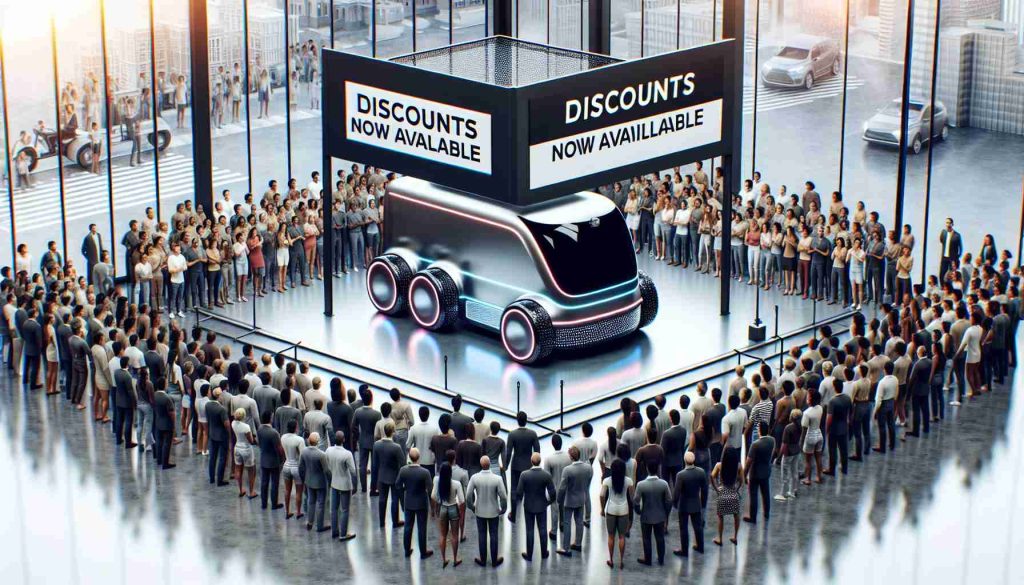The discussion surrounding the necessity of lidar technology for robotaxis remains fiercely contested. While various companies have introduced autonomous taxi services across China and the United States, they rely on different technological approaches, igniting a passionate debate about the future of robotic transportation.
Proponents of lidar argue that the technology provides superior spatial awareness and precision required for safe navigation in complex environments. In contrast, advocates for camera-based systems assert that advancements in artificial intelligence and image recognition have made camera technology sufficiently reliable for urban driving tasks.
Leading companies have adopted distinct methodologies in their robotaxi operations. Some utilize a combination of lidar and cameras, while others are committed solely to camera systems. The contrasting approaches raise questions about safety, efficiency, and the potential scalability of each technology. This divergence not only reflects varying philosophies within the industry but also raises challenges regarding standardization and regulatory compliance.
As competition intensifies and more driverless services emerge, the need for clarity on which technologies will dominate becomes urgent. The outcome of this debate could significantly influence not only the future of robotic taxis but also broader advancements in autonomous vehicle technology. Stakeholders and consumers alike are observing closely, as the evolution of robotaxis could redefine urban mobility in the coming years.
Implications of Lidar and Autonomous Vehicle Technologies
The ongoing debate over the necessity of lidar technology for robotaxis extends beyond the confines of the automotive industry; it fundamentally impacts societal structures, cultural perceptions, and the global economy. As companies continue to innovate and deploy autonomous taxi services, the wider implications of their technological choices will resonate across various sectors.
In urban environments, the adoption of autonomous taxis could significantly alter mobility patterns. The increased efficiency of transport could reduce congestion and lower transportation costs for consumers, promoting a shift in urban design and lifestyle. As robotaxis become prevalent, the demand for personal car ownership may decline, leading to fewer vehicles on the roads. This shift could encourage cities to repurpose infrastructure towards more pedestrian-friendly spaces, reshaping the social fabric and culture of urban living.
Economically, the competition between lidar and camera-based systems might fuel advancements in artificial intelligence and machine learning, driving down costs associated with autonomous vehicle technology. If camera systems prove to be reliable and cost-effective alternatives to lidar, they may democratize access to autonomous transport, enabling smaller players to enter the market. Conversely, a strong reliance on lidar could lead to increased costs and barriers to entry, potentially stifling innovation and limiting the number of companies that can provide driverless services.
From an environmental perspective, the broader adoption of robotaxis can contribute to sustainable urban development. By reducing the need for individual vehicles, autonomous taxis may decrease emissions and lower urban pollution levels. The eventual integration of electric vehicle technologies with robotaxis could further bolster these environmental benefits, aligning with global goals for climate change mitigation. However, reliance on specific technologies like lidar could have implications on resource extraction and manufacturing processes, necessitating an evaluation of their environmental footprint.
Looking toward the future, advancements in sensor technology, AI capabilities, and regulatory frameworks will likely shape the trajectory of robotaxi operations. Consumers, policymakers, and industry stakeholders must remain attuned to these developments, as the decisions made today could determine the resilience, safety, and accessibility of transportation systems for generations to come. Overall, the discourse surrounding lidar technology reflects a pivotal moment in the evolution of urban mobility, raising critical questions about our collective future in an increasingly automated world.
The Future of Robotaxis: Lidar vs. Camera Technology
As the race to deploy autonomous taxi services heats up, the debate between lidar and camera-based systems continues to deepen. Understanding both technologies, their implications, and their potential impact on the future of urban transportation is crucial for stakeholders, consumers, and regulators. Below, we explore key insights and develop valuable guidance for those looking to navigate this evolving landscape.
FAQs about Lidar and Camera Technologies in Robotaxis
Q1: What is lidar technology and how does it work?
Lidar stands for Light Detection and Ranging. It uses laser pulses to measure distances to objects, creating a detailed 3D map of the environment. This allows vehicles to perceive their surroundings with high precision.
Q2: Are camera-based systems sufficient for safe navigation?
Advocates for camera systems argue that advancements in machine learning have improved object detection and scene understanding, making them capable of handling many driving scenarios. However, some experts believe that cameras alone may not provide the same depth of spatial information as lidar.
Q3: What are the safety implications of using one technology over the other?
Lidar may offer better performance in adverse weather conditions and complex urban environments, enhancing safety. Conversely, camera systems could be more cost-effective but may require more development to ensure the same level of safety.
Pros and Cons of Each Technology
Lidar: Pros and Cons
Pros:
– Provides highly accurate, 360-degree environmental mapping.
– Performs well in low-light and poor visibility conditions.
– Reduces the potential for collisions by detecting obstacles more effectively.
Cons:
– High cost of lidar sensors remains a barrier for widespread adoption.
– Lidar systems can be bulky and may require additional infrastructure.
– Limited availability of lidar technology may lead to supply chain issues.
Camera Systems: Pros and Cons
Pros:
– Lower cost compared to lidar, facilitating adoption.
– Compact size allows for easier integration into existing vehicles.
– Improved AI algorithms enhance image processing capabilities.
Cons:
– May struggle in poor visibility conditions such as fog or heavy rain.
– Relies heavily on the quality of the AI and image recognition systems.
– Potentially less effective in complex environments compared to lidar.
Predictions on the Future of Robotaxis
As companies continue to analyze the effectiveness of lidar and camera systems, a hybrid approach combining both technologies may become the norm. Predictions indicate that as AI technology advances, camera systems could reach a level of reliability that rivals that of lidar. Furthermore, fluctuating regulatory environments could prompt companies to adopt flexible solutions that leverage the strengths of both modalities.
Related Insights on the Industry Trends
The ongoing debate between lidar and camera technologies mirrors broader trends in the autonomous vehicle sector, including a push towards more sustainable transportation solutions. Companies are exploring alternative methods such as vehicle-to-everything (V2X) communication, which may enhance safety and efficiency. For example, systems that integrate data from various sources, including other vehicles, infrastructure, and IoT devices, could potentially create a more robust framework for autonomous driving.
As the competition heats up and consumer interest grows, stakeholders will need to stay informed about technological advancements and regulatory changes. Engaging with organizations focused on autonomous vehicle safety and regulation can provide valuable insights, aiding in the development of robust standards that will govern the future of robotaxis.
In conclusion, the outcome of the lidar versus camera debate is pivotal to shaping the next generation of urban mobility. Whether through technological advancements or changes in consumer preferences, the landscape of autonomous transportation is set to evolve rapidly in the coming years. Understanding these dynamics will be crucial for anyone involved in this exciting sector.
